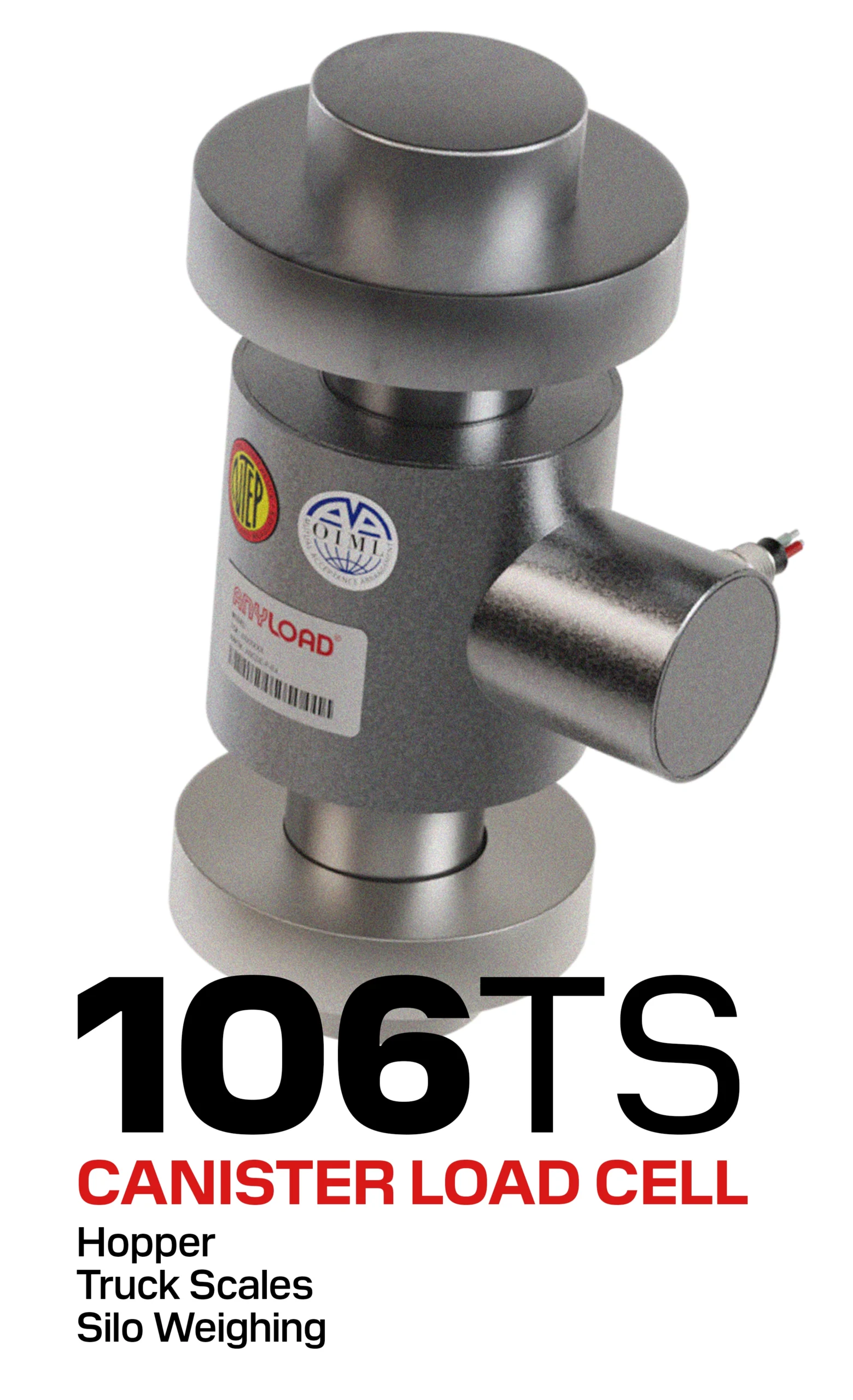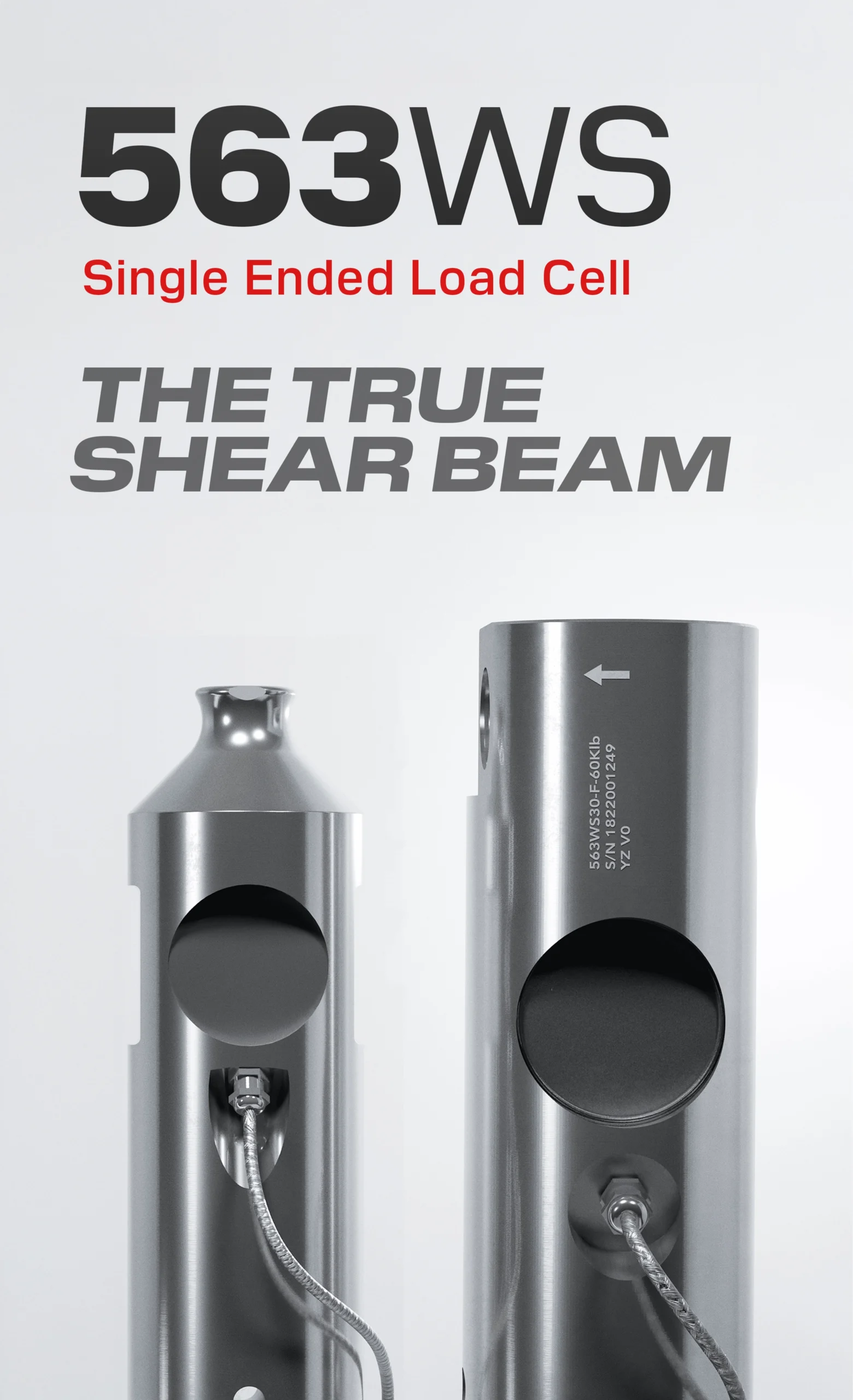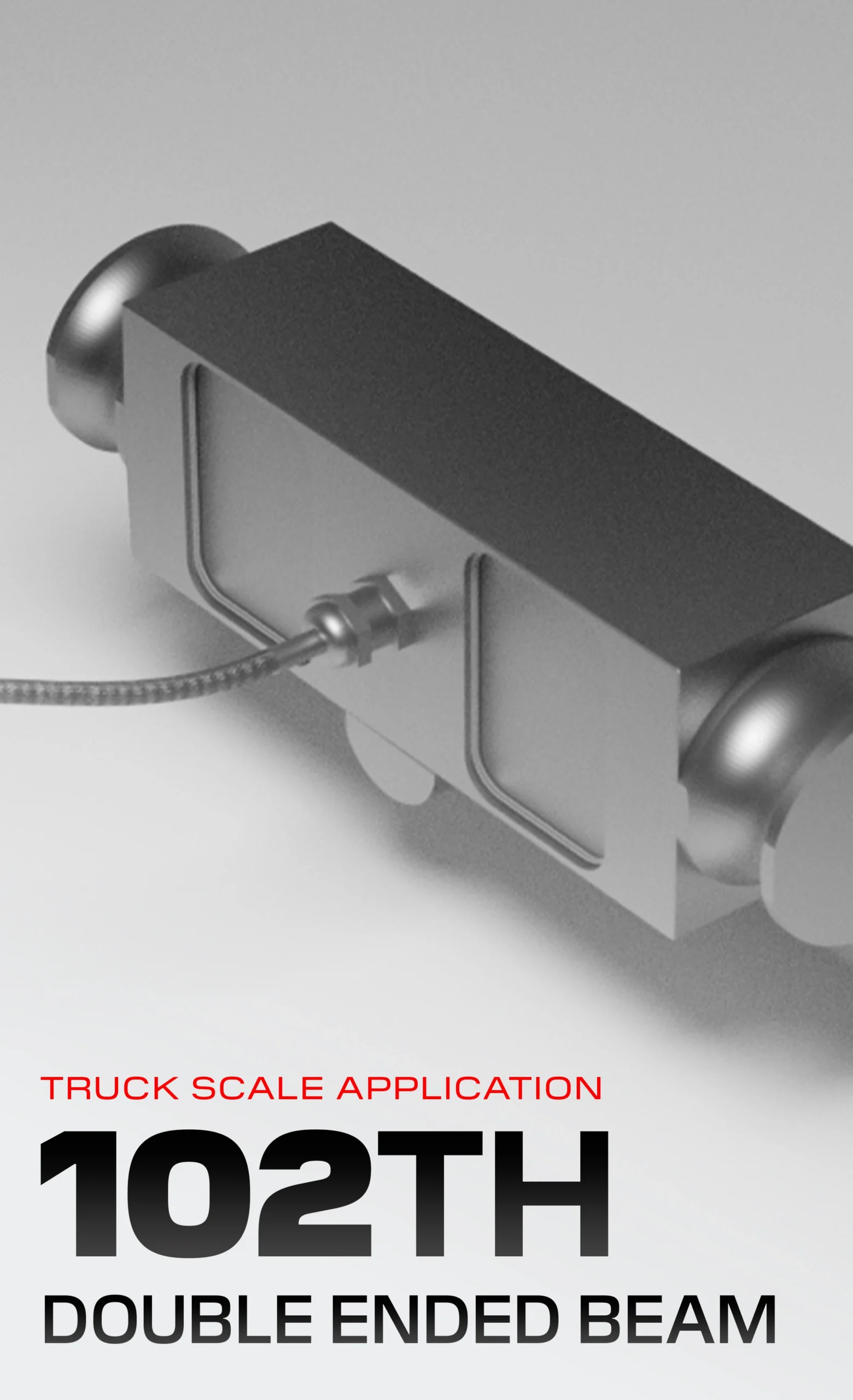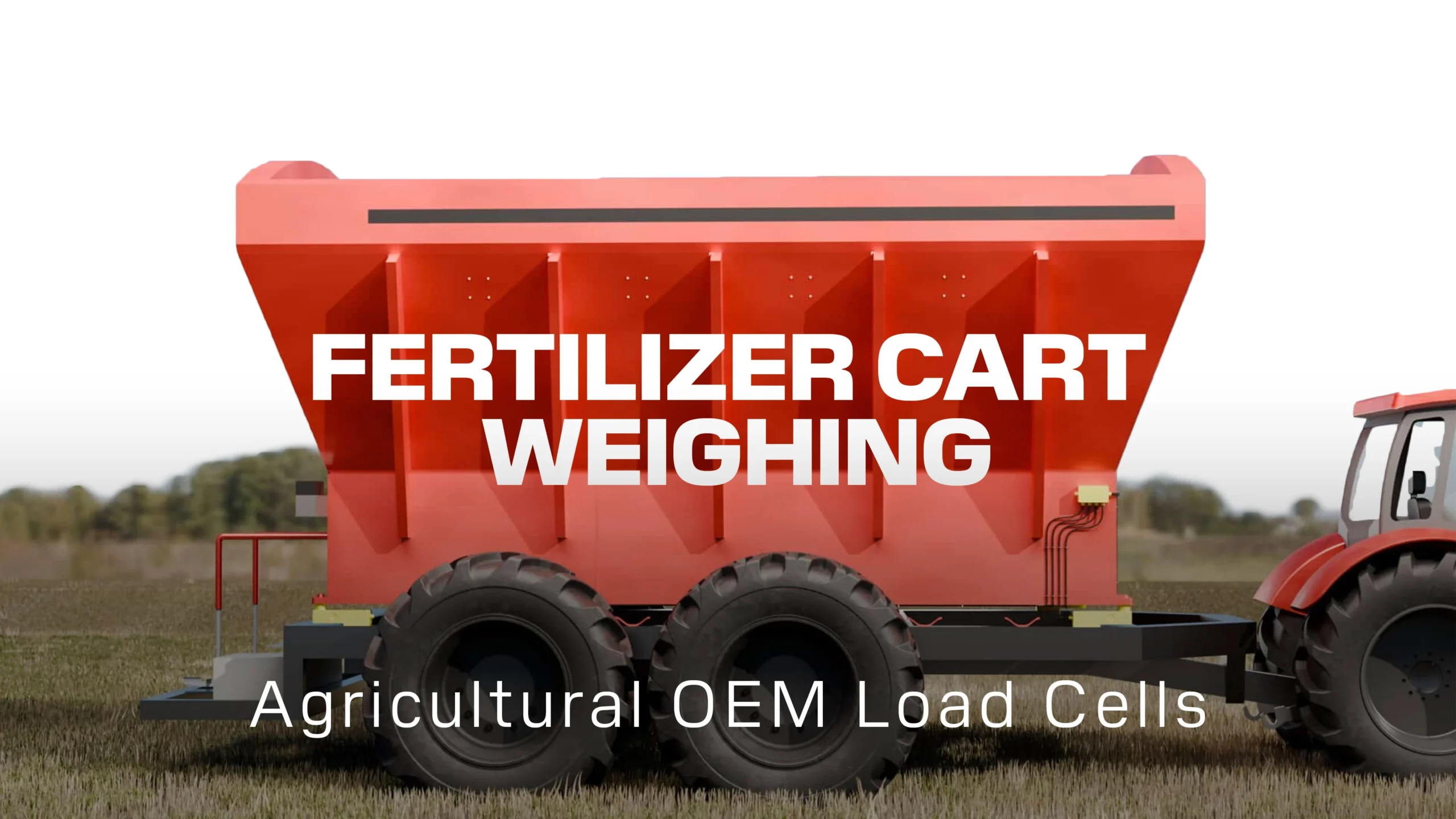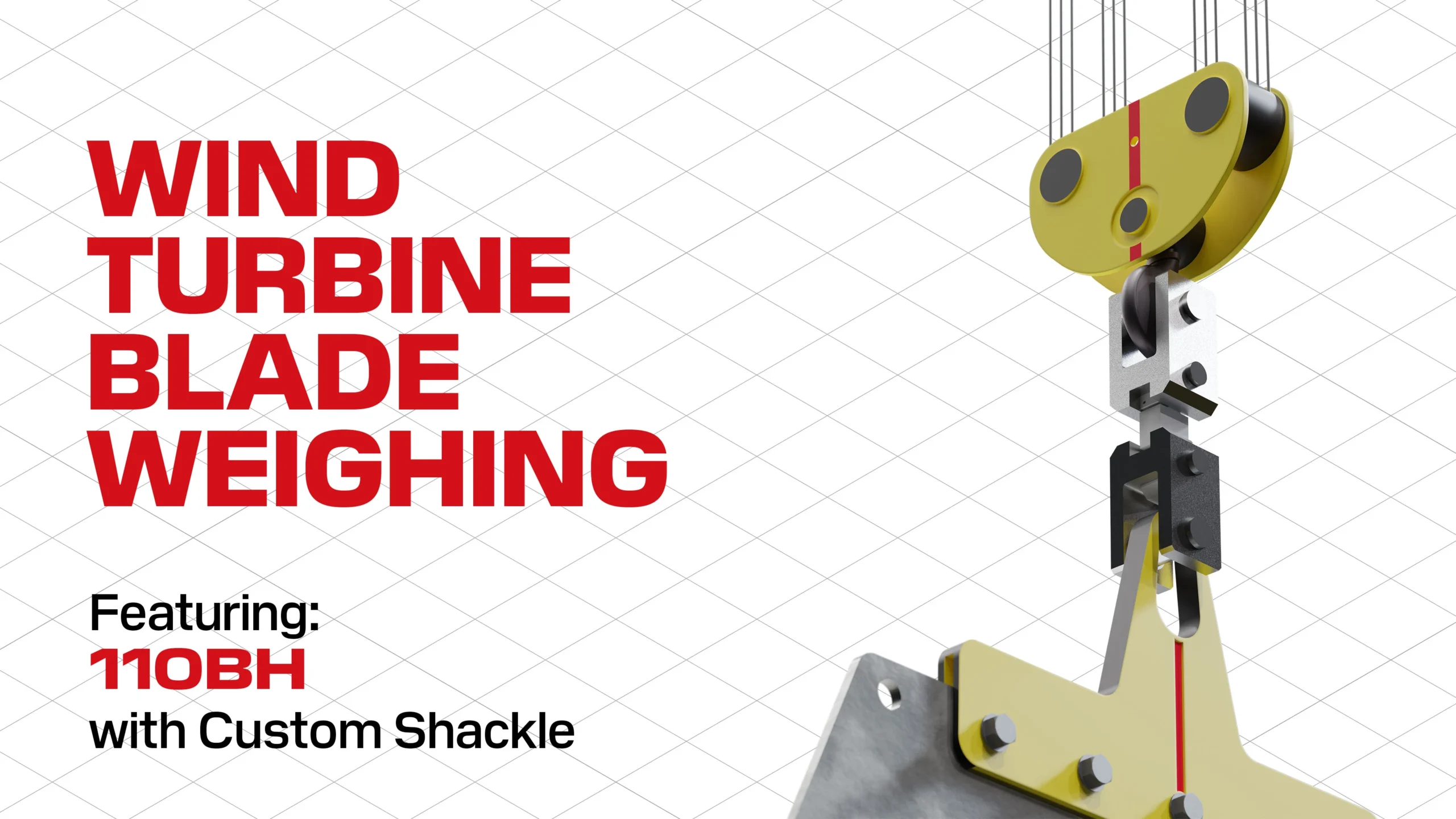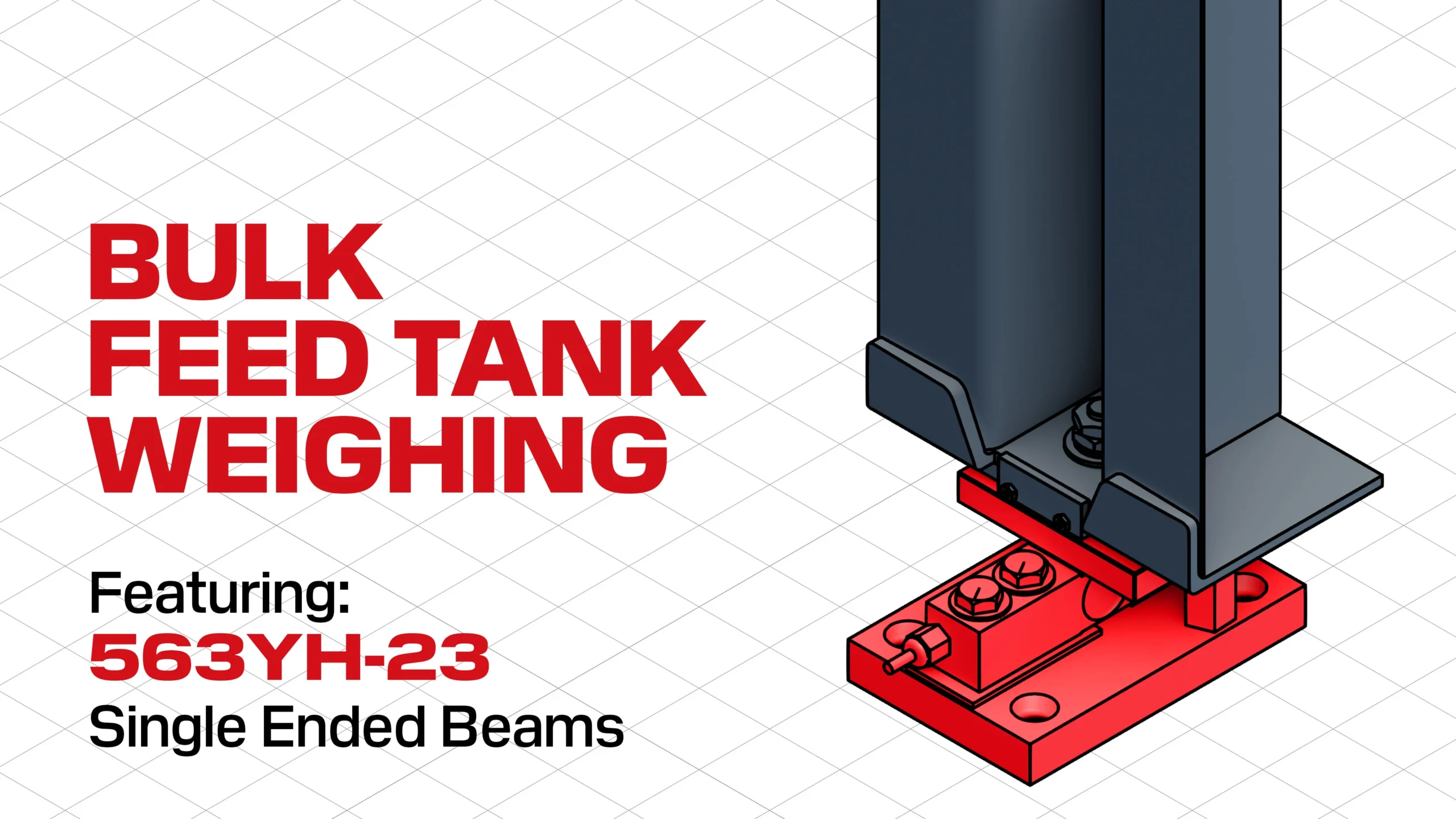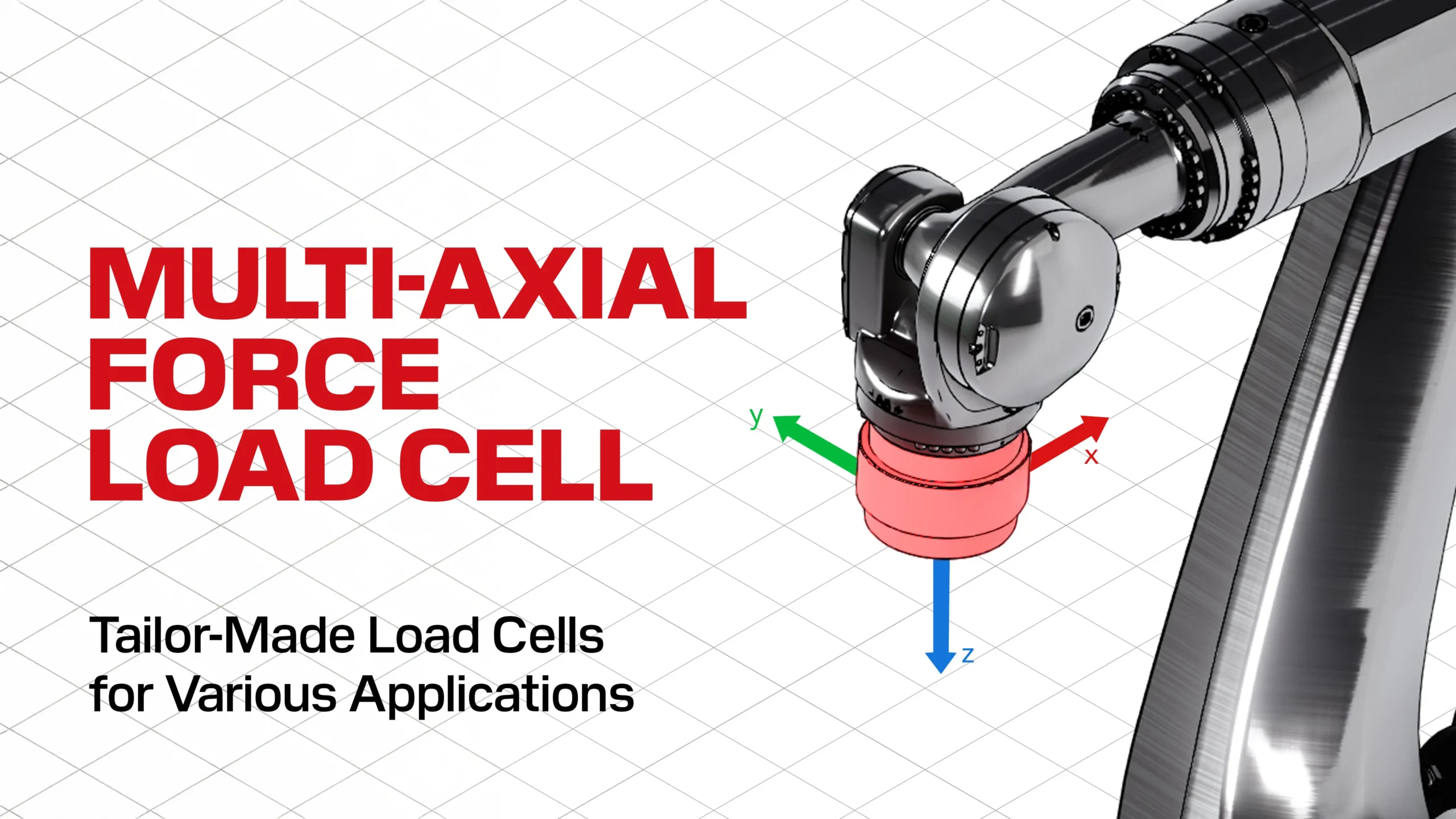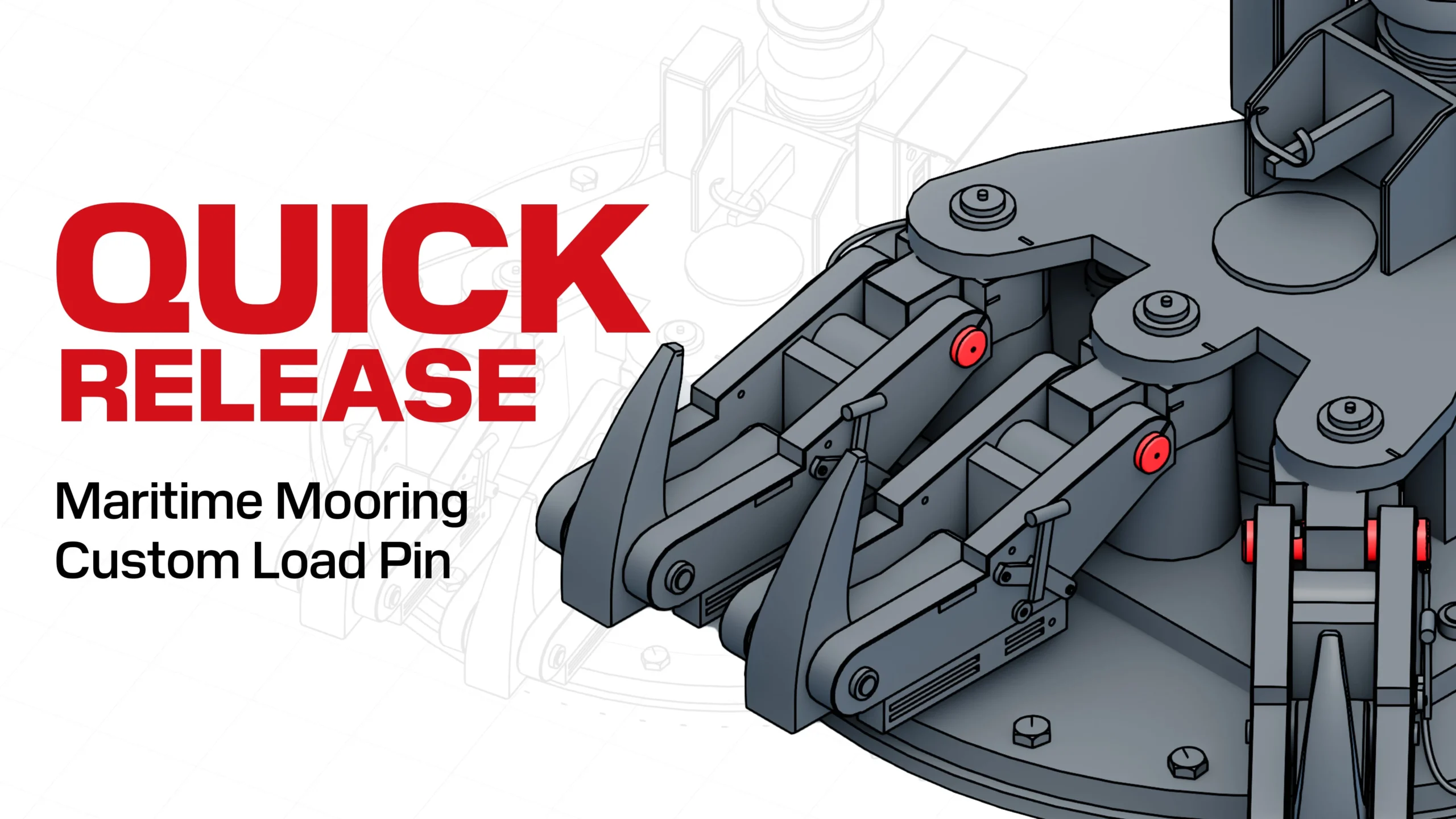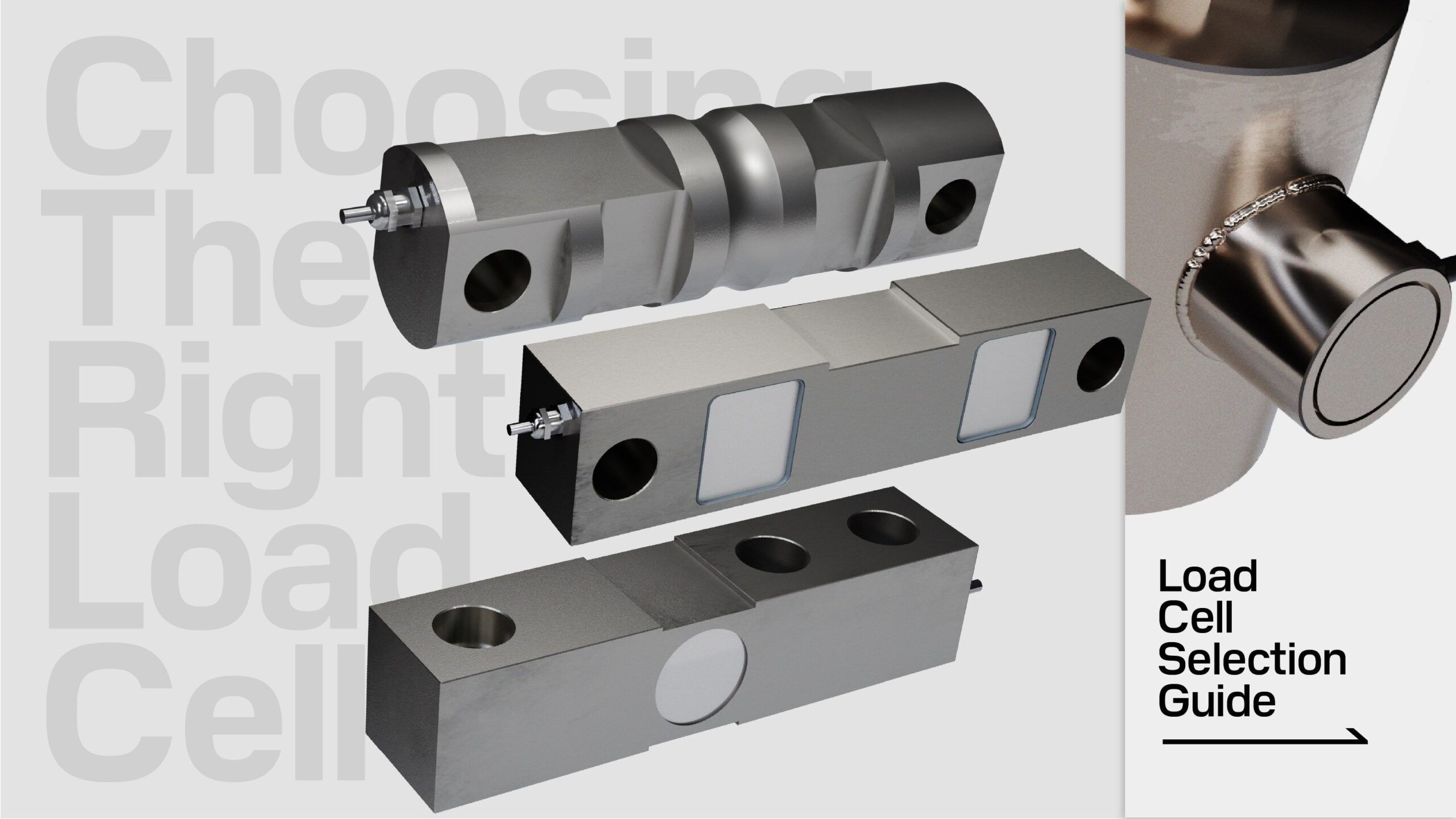Scale Troubleshooting
Last Updated On March 22 • 10 min read
Introduction to Troubleshooting Scales
⚠︎ Safety Notice:
When working with weighing systems, maintaining safety is paramount. These systems demand careful handling to avert electrical shocks, equipment damage, or personal injuries. Maintenance should be exclusively undertaken by individuals who are not only qualified but also possess a comprehensive understanding of safety and system protocols.
Before initiating any maintenance work, it is essential to ensure that the system is entirely powered down and effectively isolated to prevent accidental reactivation. Utilizing insulated tools and wearing appropriate protective gear are fundamental practices. It is also important to adhere to safety guidelines provided by the equipment manufacturer and familiarize oneself with electrical safety measures. Special attention should be given to legal-for-trade scales, as unauthorized tampering may necessitate recertification. Seeking professional assistance is strongly advised.
1. Basic Steps for Troubleshooting Scales
Before beginning the troubleshooting process, it is helpful to take note of any environmental or operational factors that could contribute to scale issues. Aggravating factors can include:
- High moisture/humidity environment, pressure washing
- Exposure to corrosive chemicals (salt, chlorine, acids, bleach, ammonia, fertilizer, etc.)
- Temperatures exceeding 50°C or 122°F
- Rodent presence
Significant vibration - Power source prone to electrical surges
- Dust or debris around the scale
- Possibility of shock, overloading conditions
- Very significant electrical or magnetic fields, rapid air pressure changes
Keeping these factors in mind can provide crucial context for diagnosing issues. The following are some basic steps in troubleshooting a weighing system.
- Visual Inspection: Begin with a visual inspection of the entire scale. Look for obvious signs of damage, wear, or interference that could affect system performance. This includes inspecting load cells, weighing platforms, and indicators for any physical damage or anomalies. Clear any debris from underneath the weighing platform.
- System Check: Verify that all electronic components of the scale are properly powered and operational. Check for any error messages on indicators or control units, which can provide immediate clues to the nature of the problem.
- Connection and Wiring: Ensure that all connections between components, such as load cells to junction boxes and indicators, are secure and free from corrosion or damage. Loose or damaged connections can lead to inaccurate readings or failures.
- Functional Testing: Perform basic functional tests, such as applying a known weight to the scale and verifying the accuracy of the readout. This can help identify whether the issue lies with the measurement accuracy or another aspect of the system.
- Consult Documentation: Refer to the manufacturer’s documentation for troubleshooting tips and recommended practices specific to your equipment. This can provide valuable insights into common issues and their resolutions.
NOTE: Maintaining detailed documentation throughout the troubleshooting process is very helpful. Clear records of tests performed, observations made, and any error messages encountered can greatly assist technical support or service personnel in diagnosing and resolving issues faster and more efficiently.
2. Seeking Professional Assistance for Scales
While the basic steps outlined above can help identify common issues with weighing systems, some problems may require the expertise and equipment of a professional scale service company. Attempting to resolve complex issues without the necessary qualifications can lead to extended downtime, additional complications, and unnecessary risk to equipment and safety.
Professionals in scale service possess the expertise, tools, and experience to diagnose and resolve issues efficiently. They can provide comprehensive services, from calibration and maintenance to repairs and parts replacement.
We understand the urgency of resolving scale issues promptly to avoid operational disruptions. That is why we offer a global network of qualified service providers through our “Find A Dealer” page. No matter where you are in the world, our platform can connect you with a qualified professional ready to assist with your weighing system needs.
3. Guide to Mechanical Tests for Scale Troubleshooting
While basic troubleshooting can be performed by those familiar with the system, complex or persistent issues should be addressed by professionals. Incorrect diagnostics or repairs can lead not only to further system damage but also to safety hazards. If you’re unsure or if the problem extends beyond basic fixes, it’s wise to seek expert help.
We strongly recommend consulting a professional for on-site assistance. Our global network of dealers is equipped to provide the support you need, ensuring your weighing systems operate smoothly and safely. For expert help in your area, visit our Find-a-Dealer page.
Corner Test:
Purpose:
Corner testing is a basic technique to detect potential issues within a scale, such as a malfunctioning load cell or mechanical obstructions. It can be conducted using a suitable standard test weight, any known weight, or even the technician’s body weight, provided it does not surpass the load cell’s capacity.
Instructions:
- Note the initial weight reading on the indicator.
- Apply a known weight directly onto a load cell (not exceeding each load cell’s rated capacity).
- Observe the change in the indicator reading; it should correspond to the added weight.
- Remove the weight and verify that the indicator reading returns to the initial weight value.
- Repeat this test on each corner to identify any discrepancies. Compare all four corners.
Result 1: If each load cell accurately reflects the added weight and returns to the initial reading upon weight removal, the system is functioning correctly and is properly calibrated.
Result 2: If all load cells show the same incorrect value but return to zero correctly, the system likely requires recalibration. Uniform readings across all corners suggest no load cell or mechanical issues.
Result 3: If one load cell shows a different reading from the rest but resets correctly, this indicates potential mechanical interference at that specific corner. A shift test can further diagnose the issue.
Result 4: If a load cell matches the others when weight is added but fails to return to the initial value, it may be damaged, possibly due to overload, and might need replacement.
Shift Test:
Purpose:
Shift testing is designed to detect mechanical interferences within a weighing system, assessing the cooperative function of adjacent load cells. This method is especially useful for pinpointing issues that might not be evident through individual load cell testing. It can be performed with a standard weight, any known mass, or even the technician’s body weight, provided it doesn’t surpass the capacity of the load cells.
Instructions:
- Note the initial weight reading on the indicator
- Apply a known weight directly onto each load cell (not exceeding each load cell’s rated capacity)
- Observe the change in the indicator reading; it should correspond to the added weight.
- Remove the weight and verify that the indicator reading returns to the initial weight value.
- Repeat this test on each corner to identify any discrepancies. Compare all four corners.
Result 1: If each load cell accurately reflects the added weight and returns to the initial reading upon weight removal, the system is functioning correctly and is properly calibrated.
Result 2: If all load cells show the same incorrect value but return to zero correctly, the system likely requires recalibration. Uniform readings across all corners suggest no load cell or mechanical issues.
Result 3: If one load cell shows a different reading from the rest but resets correctly, this indicates potential mechanical interference at that specific corner. A shift test can further diagnose the issue.
Result 4: If a load cell matches the others when weight is added but fails to return to the initial value, it may be damaged, possibly due to overload, and might need replacement.
